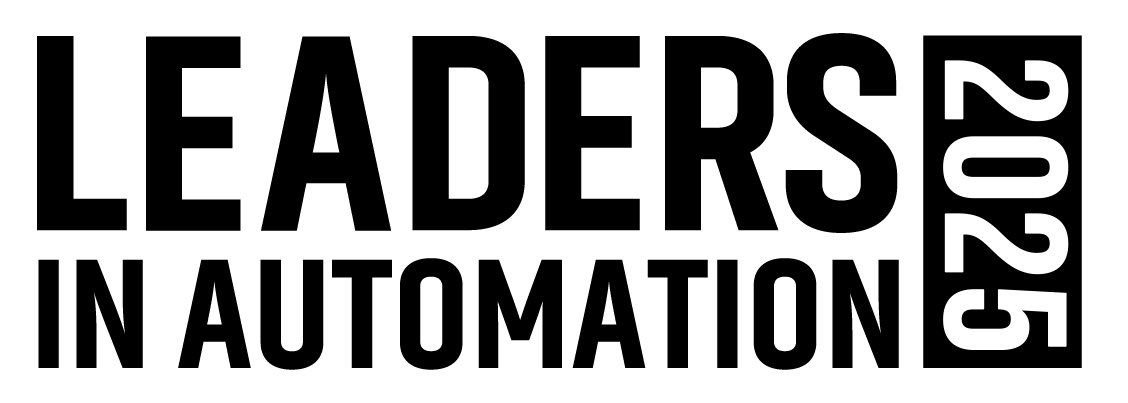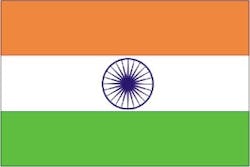Major indicators that track activity in vital economic sectors indicate an upward trend in the Indian economy, owing to growth in the manufacturing sector.
The ABN Amro Purchasing Managers’ Index (PMI), an indicator of manufacturing activity in the country based on a survey of 500 companies, has registered an upsurge at 55.3 for April 2009 and then 55.7 for May, compared to 49.5 in March and a low of 44 in December 2008. Other indicators, such as Nomura’s Composite Leading Index (CLI), and UBS’ Lead Economic Indicator (LEI) are indicating improving conditions as well.
Rising industrial production
According to official government figures, industrial production rose in April 2009 on a rise in manufacturing and electricity output. Industrial production increased 1.4 percent in April from the revised decline of 0.75 percent in March.
Manufacturing, which accounts for 76 percent of the output, increased 0.7 percent in the month after declining 1.6 percent in March. Electricity output increased 7.1 percent and mining production increased 3.8 percent.
Pronab Sen, the country’s chief statistician, attributed the jump to industries building their inventory levels in anticipation of an increase in demand, and said the strength of the recovery will be evident in the ensuing months. “By July, we will have a clearer picture about the strength of the recovery,” he said, adding that a lot will depend on whether private investments will remain robust.
Goldman Sachs, in a research note after the index of industrial production (IIP) numbers were released, noted that: “Historical peak-to-trough declines in the investment cycle suggest a bottoming out in the first half of 2009, and the economy continues to have significant pent-up demand for investment, especially in infrastructure and in affordable housing.”
Robert Prior-Wandesforde, a senior Asian economist, said that over recent years, India’s manufacturing Purchasing Managers Index (PMI) has led turning points in exports, and it is encouraging to see the index bounce higher sharply to 55.7 in May, exceeding that of China’s, which slipped slightly to 53.1.
Indo-China equation
But can India gradually scale up its production to Chinese level? Observers say that slowly and steadily, two different core competencies seem to be emerging in the competitive environment between China and India.
According to the Federation of Indian Chambers of Commerce and Industry (FICCI), while China has become a world class manufacturing hub, characterized by economies of scale, India is climbing the value chain in quality at a rapid pace. Indian entrepreneurs have focused more and more on innovation and quality on their own. Tata’s Nano, Moser Baer’s storage media and Ranbaxy’s generic drugs are only part of this unfolding story.
Analysts say that the Chinese economy ticks because of massive foreign direct investments over a sustained period crafted by multinational corporations (MNCs) of the world, while the Indian economy to a very large extent is driven by entrepreneurs, at times joint ventures with MNCs.
In their rush to create massive manufacturing units, without too much regard for a price that gives a clear margin of profit, the Chinese have fallen into a trap of horrendous nonperforming assets (NPAs) on bank loans—the average NPA in China could be as high as 25 percent. In contrast, NPAs in India are between 1.5 percent and 3 percent.
The manufacturing sector is estimated to have a US$180 billion investment opportunity over the next five years, according to the Investment Commission of India.
State commitment
The Indian government too is committed to manufacturing revival. Anand Sharma, Union Minister of Commerce and Industry, informed the public that he will shortly discuss with the Industry Ministers of the State Governments the problems being faced by the manufacturing sector, and that he will take necessary steps to mitigate same.
The Minister underlined that the government is committed to the revival of the manufacturing sector and promotion of jobs creation. “We need to encourage the manufacturing sector and industrial activities to provide more employment in the country,” Sharma said.
The rapid growth of the Indian economy is likely to make India the fifth largest consumer market in the world by 2025, up from twelfth in 2005, according to a study by McKinsey Global Institute.
Aggregate Indian consumer spending is likewise estimated to more than quadruple to approximately US$1.5 trillion by 2025, on the back of a tenfold increase in middle class population and a threefold jump in household income.
Uday Lal Pai, [email protected], is a freelance journalist based in India.
About the Author

Leaders relevant to this article:
